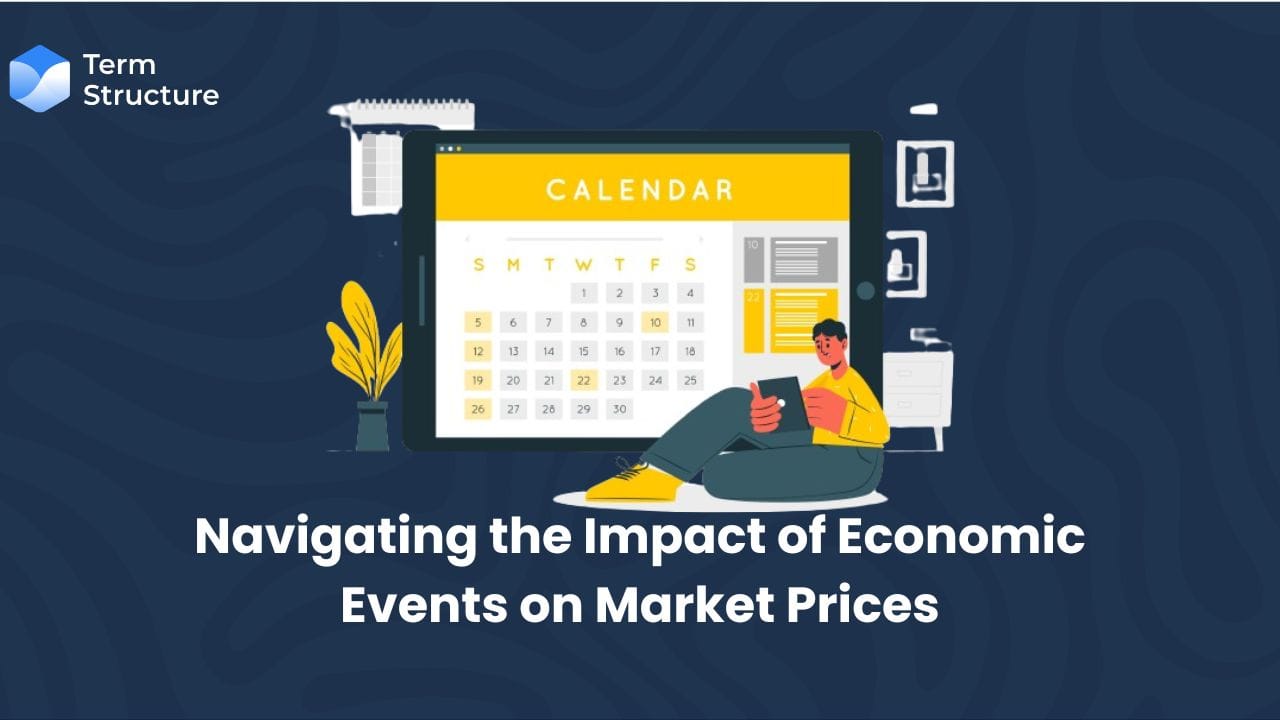Navigating the Impact of Economic Events on Market Prices

Introduction
This article will explore economic events and their impact on market prices. Economic events, such as public information releases, can influence market prices, affecting individual stocks, sectors, and the entire market, including stocks, currencies, commodities, and interest rates.
We will highlight key economic events that traders focus on, such as FOMC meetings, Fed Chair speeches, European Central Bank (ECB) meetings, retail sales, Chinese data releases, token releases, and product updates. These events can cause short-term market volatility, offering opportunities for day traders to capitalize on.
FOMC Meetings
The FOMC, or Federal Open Market Committee, is a branch of the Federal Reserve System responsible for setting the direction of monetary policy through open market operations. FOMC meetings, held about ten times a year, are crucial events in the financial markets and are considered some of the most important events on the economic calendar for traders. The FOMC's decisions on interest rates significantly impact the U.S. dollar. Traders use fundamental analysis to monitor these meetings, reviewing the minutes and watching press conferences for clues about the future direction of the U.S. dollar.
Fed Chair Speeches
Speeches by the Federal Reserve Chair, currently Jerome Powell, provide valuable insights into the central bank's thinking and future monetary policy actions. Traders closely follow these speeches, analyzing them for hints about potential interest rate changes. While the topics discussed may vary, traders look for any clues about the Fed's future plans.
European Central Bank (ECB) Meetings
ECB meetings are held eight times a year, starting in February and ending in December. After each meeting, the ECB announces its monetary policy decisions, which traders closely watch. These decisions can significantly impact the euro and other European currencies.
Retail Sales
Retail sales data is a crucial indicator for traders, providing monthly insights into consumer spending patterns. This data helps gauge the health of a country's economy and its potential impact on currency pairs. Retail sales can indicate whether consumers are cutting back due to rising prices or spending more due to increased disposable income. Traders analyze this data to identify shifts in consumer behavior, using it to inform trading decisions and gauge retail interest in assets like tokens, Bitcoin, or meme coins.
Chinese Data
Traders closely monitor Chinese data due to China's significant role in the global economy. Economic releases from China, such as trade balance figures, can profoundly impact global markets. Traders watch these data points to assess the health of the Chinese economy and its potential spillover effects.
China's economic data often has a greater impact on neighboring countries like Japan and Australia, reflected in currency pairs such as USD/JPY and AUD/USD. As a major trading partner, changes in the Chinese economy can create ripple effects on these countries' economies and currencies.
Moreover, China's stance on cryptocurrency and blockchain can significantly impact the market. For example, Bitcoin was banned in China in 2017 and 2021, and crypto exchanges like Binance were asked to leave, the market experienced major drops. As a result, traders are increasingly considering developments in Asia and China in their fundamental analysis.
Token Releases And The Expiration Of Vesting Schedules
Token releases and the expiration of vesting schedules can significantly impact crypto markets. A token release can increase supply, potentially decreasing the token's value if demand doesn't match. Conversely, when a vesting schedule expires, it can boost demand and drive up the token's value.
For instance, when BitDAO distributed 188 million BIT tokens on January 15, 2023, the sudden supply increase led to a drop in value. Understanding token release and vesting schedules helps traders make informed decisions about when to enter or exit trades. For example, buying a token before its vesting schedule expires can allow traders to capitalize on the anticipated increase in demand and value.
Product Releases And Updates
Product releases and updates can significantly impact the trading and price of a token. A new product release can surge demand, increasing the token's value. Conversely, if a product is discontinued or updated unfavorably, it can decrease demand and drop the token's value. For example, a new product release can create excitement among investors and the community, driving up the associated token's value. Conversely, a poorly received discontinuation or update can decrease demand and cause the token's value to fall.
Timing also plays a crucial role. Releasing a product during high market volatility can make predicting its impact challenging, while updates during low market activity may have less effect. Additionally, centralized exchanges are increasingly delisting tokens from crypto platforms that don't provide regular updates or product releases.
Conclusion
In conclusion, the importance of economic events can change over time based on market conditions and evolving trends. Minor news events may only impact the market if the data significantly deviates from expectations. Traders must stay updated with the latest news to identify opportunities and adjust strategies accordingly.
